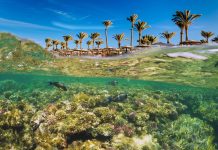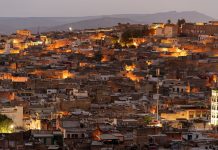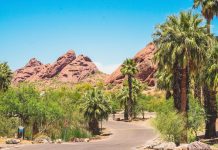Sun, sea and sangria aside, the city of Valencia, on the eastern coast of Spain, has plenty to offer travellers. The most beautiful area is the old city, whose winding roads and marble plazas remain virtually unchanged over centuries. The crown jewel is the cathedral, mainly gothic but interspersed with renaissance and baroque styles. It contains the artefact most widely considered to be the Holy Grail, alongside vast collections of religious paintings and statues. You can climb the tower to see spectacular views over the whole city.
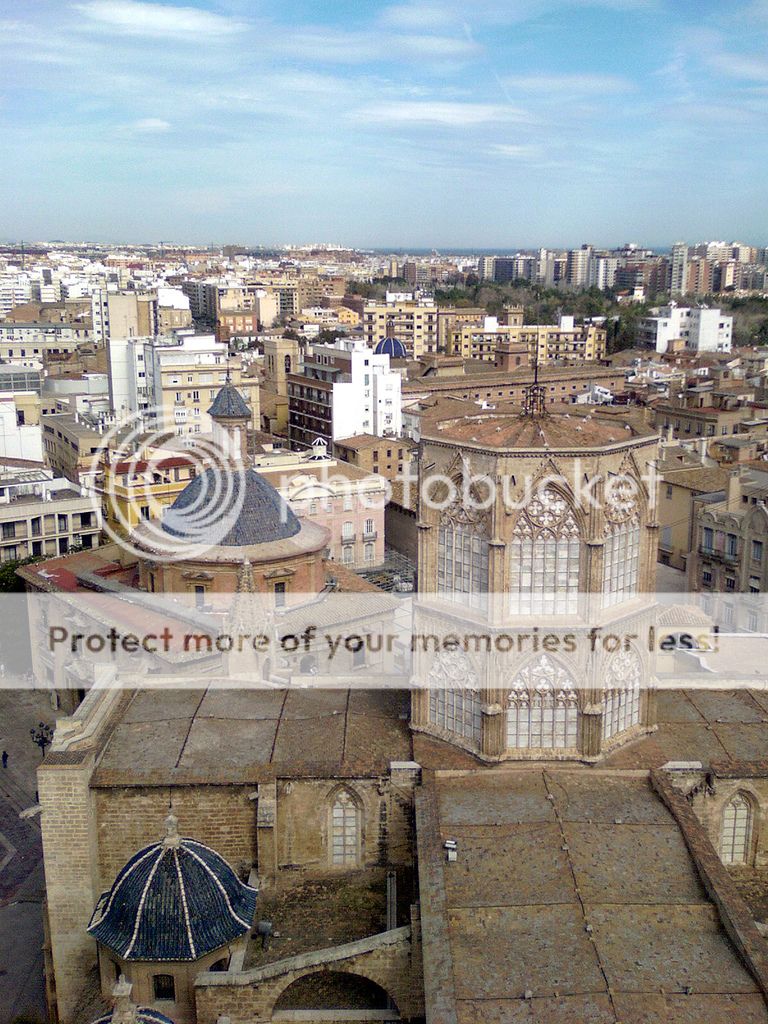
At two points along the edge of the old city lie the Torres de Quart and the Torres de Serrano, the only surviving features of the original city wall. It’s possible to climb both of these towers and see over the city.
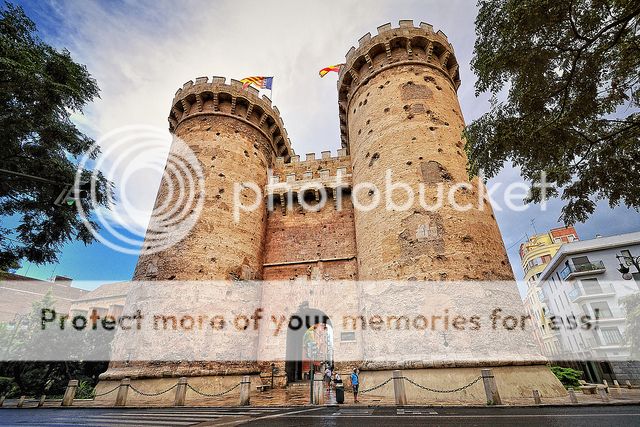
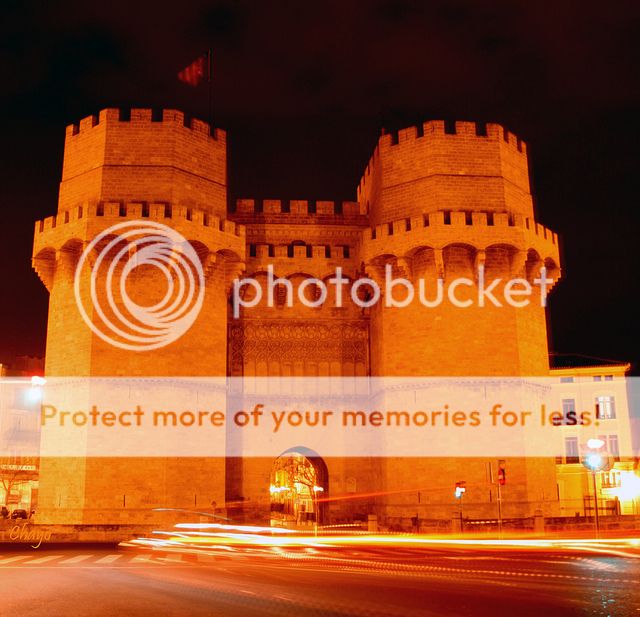
Valencia is also famous for its Lonja, a trading house for the silk industry during Valencia’s prosperous past as a merchant city. It has a cavernous hall of columns, with simple twisted columns running from the arched ceiling to the marble floor, lit by gothic chandeliers. The trading room still has its original wooden carvings, and the courtyard boasts orange trees and a star-shaped fountain.
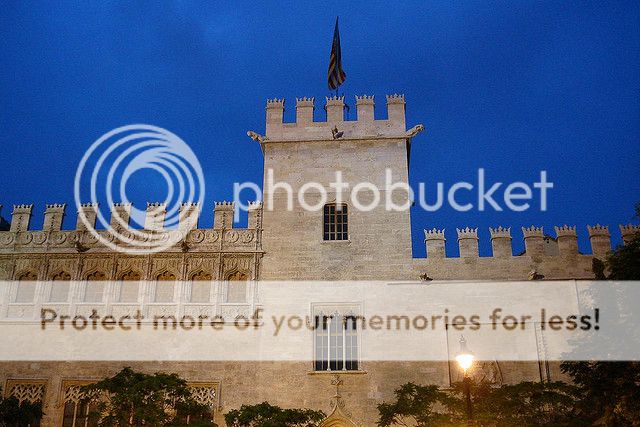
Just down the road is the Mercat Central, the indoor market, one of the largest in Spain. After a recent refurbishment, the thriving market was reopened cleaner and better, and offers local and traditional produce alongside more avant-garde foodstuffs. It’s open Monday to Saturday until 2.30pm.
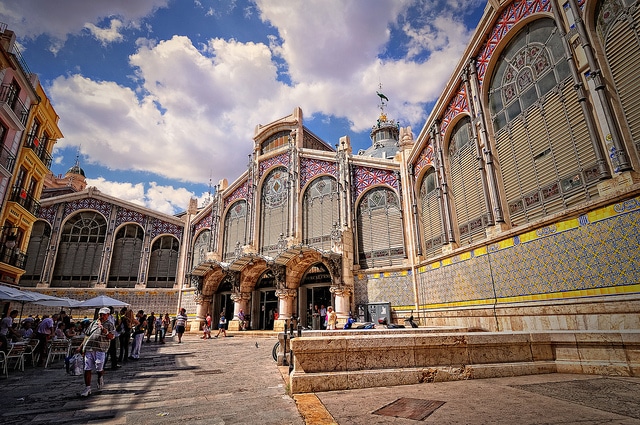
If traditional architecture isn’t your thing, Valencia’s City of Arts and Sciences is the place for you. Designed by architect Santiago Calatrava, a native Valencian, this futuristic park features space-age buildings and vast expanses of cool blue water in pools lined with white mosaics. The buildings all have something different to offer. The Palau de les Arts Reina Sofía, which looks like an eye from above, houses opera and performing arts. The Hemisfèric has an IMAX cinema and Umbracle is a garden of Valencian plant species by day, and an open-air night club by night. The Museu de les Ciències Príncipe Felipe is an interactive science museum that looks like a whale skeleton from the outside. The Agora hosts indoor sports events, and Oceanogràfic is a huge aquarium, with not just fish but penguins, whales, seals and an impressive dolphin show.
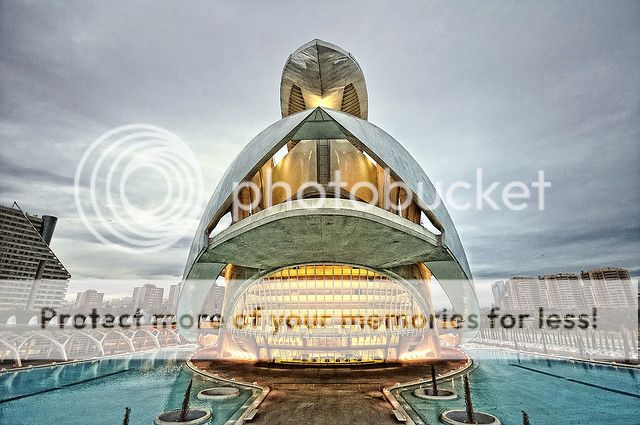
If you like the countryside, there’s plenty of greenery in Valencia too. The city’s river was diverted and drained in the 50’s after a devastating flood, and now the river bed has been converted into a sunken park. These gardens of Turía have many different sections, for sport, children’s play areas, picnic areas and cycle tracks. The Turía gardens also host the annual Fería Andalusa, the biggest Andalucian festival outside of its native region, with flamenco dancers, tapas and mojitos.
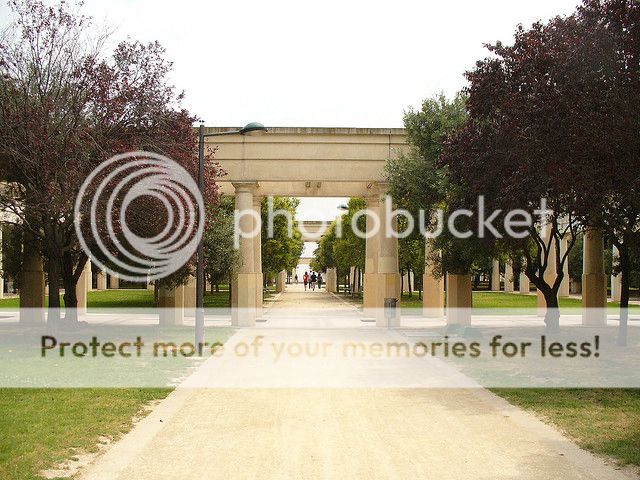
You can also visit the Jardines de Real, the royal gardens, a sumptuous stretch of Spanish plant life that offers the weary traveller an oasis of cool in the typically hot and humid summertime. In early summer there’s also a book fair, with stores and sellers from all over the city coming to offer their books and advice, from children’s to academic journals, with plenty of books in English!

If you want to visit the beach, most parts of the city bordering the sea are expanses of white sand. Nearest to the city centre are Las Arenas and La Malvarrosa, simple white sand beaches and rolling waves just north of the port. Restaurants run the entire length of the beach, offering seafood and paella to suit all budgets.
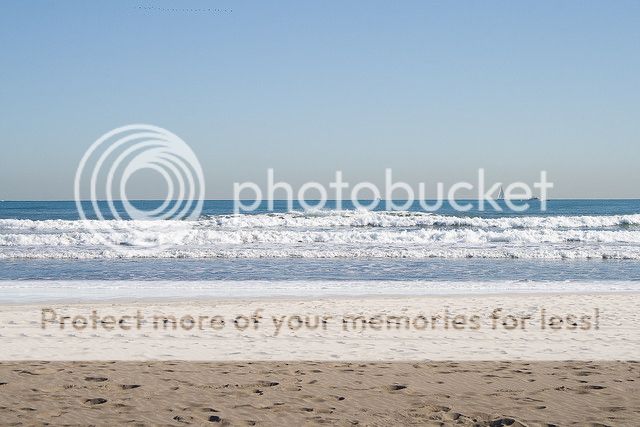
If you want to get out of the city, the best coastal gems are Javea, south of Valencia and about halfway to Alicante, and Gandía, just north of that. They also sport seafront restaurants, and their sand quality and surf is considered to be better.Another must-see is the Bioparc, an outdoor safari park you visit on foot. Themed around different parts of the world, such as Madagascar and Equatorial Africa, the park features typical safari animals like lions, giraffes, zebras, hippos, elephants and rhinos, as well as exotic birds, small mammals and a wild lemur enclosure you can actually enter, to walk among them!
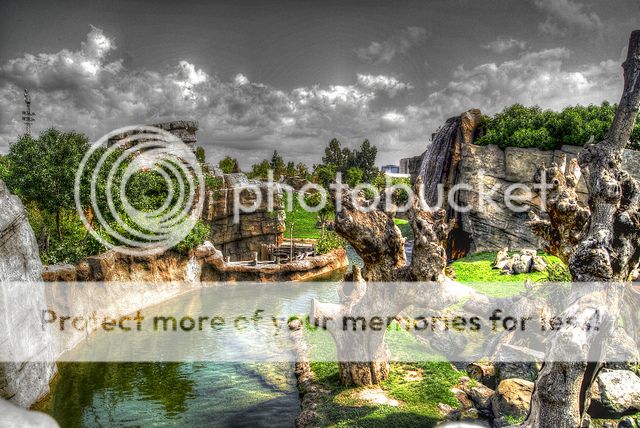
Valencia is also famous for its art. The IVAM was the first gallery dedicated entirely to modern art in Spain, and features photography, architecture and contemporary art across three levels of its imposing grey slate structure. Also well-known is the ceramics museum, with its impressive carved marble facade that was once the Roccoco palace. It explores ceramics through the ages, including Greek, European and, of course, Valencian pieces. There is also a fine art museum, containing old religious and classical works alongside renowned Valencian and Spanish artists. Entrance is free on Sundays.
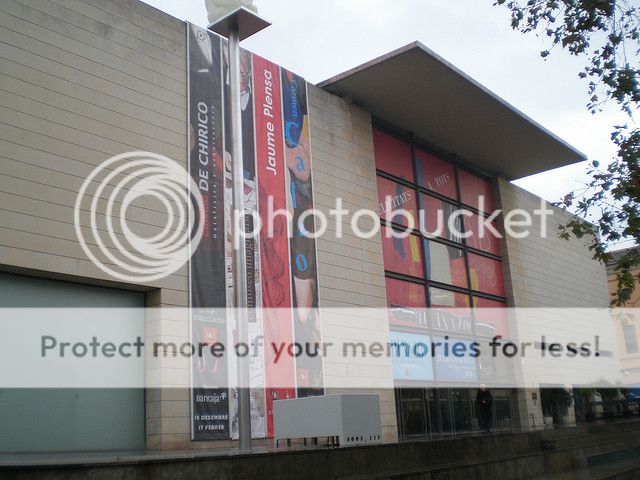
Finally, a visit to Spain would not be complete without food and drink. Valencia is the birthplace of paella, though the original version contains chicken and rabbit, rather than seafood. This is best eaten at the coast. Another Valencian trademark is horchata, a drink made from ground tigernuts. It’s milky and sweet, and having tried it several ways, the best way to drink it is mixta, a mixture of liquid and frozen horchata which gives an icy smoothie, along with fartons, glazed choux pastry fingers for dipping. The most famous horchatería, a horchata specialist, is Santa Carolina, in the Plaza de la Reina.
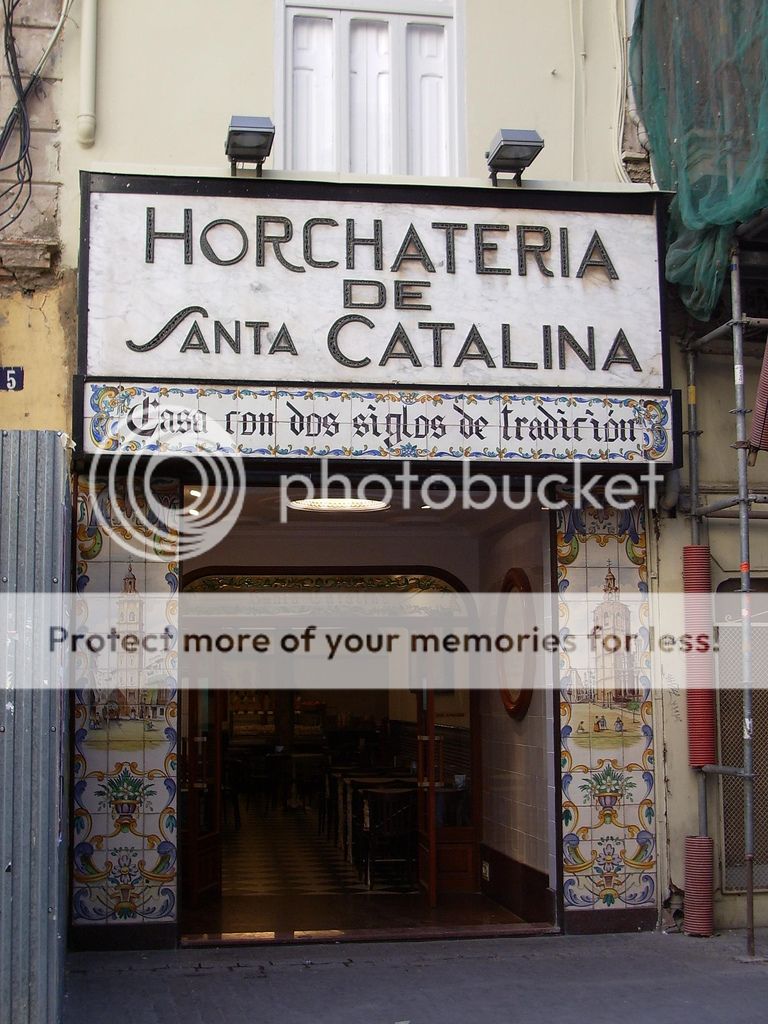
For more food and drink, try the El Carmen region, starting from Plaza de la Virgen and running along Calle de Caballeros and its side streets. It features bars, cafés, clubs, restaurants and a theatre. And Valencia’s best kept secret? Café de las Horas, on Calle del Condo Almodóvar. It’s decked out like a heavenly grotto, with plush velvets, cherub imagery and cut-glass chandeliers. Drink Agua de Valencia, a sweet cocktail made from orange juice, champagne and Cointreau. Not be missed, under any circumstances.

Photo 1: natural_wanderer, Photo 2:Abariltur, Photo 3:Chayogotica, Photo 4: Paulo Rafael, Photo 5+6:Abariltur, Photo 7:Allenism, Photo 8: Antonio MarÃn Segovia, Photo 9:hydrosound, Photo 10:e14gen, Photo 11:hanneorla, Photo 12: heath.77, Photo 13: Antonio MarÃn Segovia



